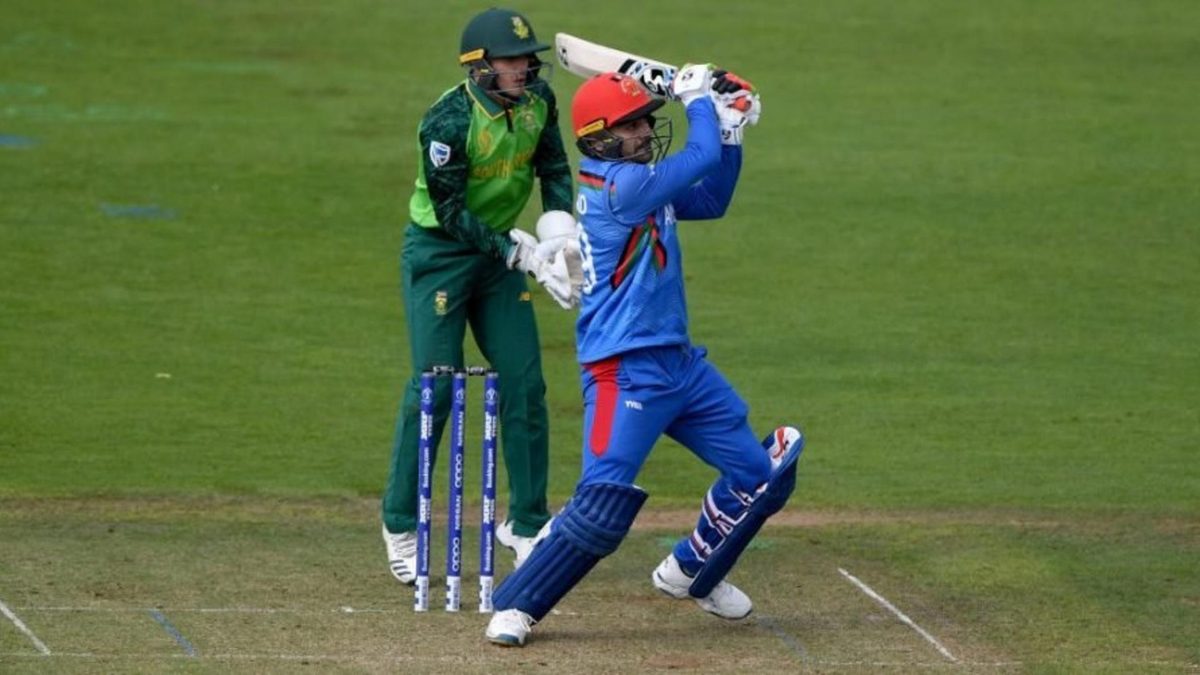
The bold, innovative move to open the batting with Sunil Narine took the T20 world by storm, and even as the rather successful experiment slows down, there are a few successors in the T20 world who could do a similar job.
Subscribe to the Wisden Cricket YouTube channel for post-match awards, player interviews, analysis and much more.
Hasan Ali
A cracking 16-ball 45 in the second eliminator of the Pakistan Super League might have surprised a fair few, but Hasan, who also blitzed a 58-ball hundred in the final of the Quaid-e-Azam Trophy, has been threatening to crack the pinch-hitting role for quite a while now. Since 2018, the Pakistan quick has a T20 batting strike-rate of 171.63 with a boundary every 4.41 balls. 65.3% of his runs in this duration have come in boundaries.
Harshal Patel
Since the 2017-18 Syed Mushtaq Ali tournament, Harshal has been consistently opening the batting for Haryana in T20s with explosive returns. In the 2019-20 edition of the tournament, he made seven scores of 30 or more and struck at a strike rate of 165. He is yet to be tested in the role in the IPL, where his highest batting position is No.5. Are you listening, Royal Challengers Bangalore?
Rashid Khan
We have seen him vehemently practicing his scoops and reverse swats in the nets. We have also seen him unleash some outrageous strokes in the death from the lower order. But, Rashid batting as low as he does is a missed opportunity. He has hit as many as 66 sixes in the last four years in all T20s with minimal opportunities, with a six every 9.8 balls on an average. He has opened five times previously in T20s (all in the Shpageeza Cricket League in 2019) and made quick starts in three of the five games.
Krishnappa Gowtham
A genuine boundary hitter, No.3 is the highest Gowtham has batted in T20 cricket, but there’s enough promise to use him up the order quite often. In seven innings from No.3, Gowtham has 192 runs at an average of 27.43 and a strike-rate of 174.5. More importantly, since 2018, he hits a boundary every 4.83 balls in T20 cricket and is a pinch-hitter waiting to be unleashed.
Daniel Sams
In a T20I against New Zealand earlier this year, Sams blitzed a 15-ball 41 to nearly pull Australia back from the dead and nearly take them over the line. He couldn’t, but his batting potential, which had made frequent appearances in the Big Bash League previously, was evident for all to see. The innings was the quickest ever record in a T20I innings from No.8 or lower (min 15 balls). Sams has an overall T20 strike rate of 147.45, but since 2020, that has shot up 158.29.
Wahab Riaz
Riaz has an overall T20 batting strike rate of 134.12. Since 2018, it is a shade under 150 with several handy cameos making his batting potential, particularly against pace, quite evident. His 15-ball 28 in the PSL this year nearly scripted a remarkable win – chasing 248, his side made 232 – for Peshawar against Islamabad United. He has batted as many as six times at No.3 in his T20 career, scoring at a rate of nearly 140 with a decent average in the mid-20s.
Shardul Thakur
If you lower the cut-off to as few as five innings, Shardul Thakur has the highest batting strike-rate for India in both ODIs and T20Is. His batting potential – which sparkled as he creamed a back-foot cut shot off Mitchell Starc at the Gabba – has often been underutilised, especially in the shorter formats. While he might not have the strike-rate of some of the others on this list, Thakur can be a handy, occasional pinch-hitter.








